Samsung Galaxy A07 4G – Smart Budget Choice for Kenya
If you’re shopping for a dependable budget smartphone in Kenya that doesn’t compromise too much, the Samsung Galaxy A07 4G is a compelling option.
Why it’s a good budget phone in Kenya
The Galaxy A07 4G brings together enough features that matter—such as a large 6.7″ display with 90Hz refresh, a 50 MP main camera, a 5,000 mAh battery and Samsung’s software support promise—yet it remains affordable for Kenyan buyers. Listings in Kenya show pricing from about KSh 12,000 to KSh 15,000 for the 4GB/64GB and 4GB/128GB variants. (Phonetronics Kenya)
Given the strong brand backing (Samsung), and local availability through retailers, this device offers good value for students, families or anyone needing a reliable everyday phone without breaking the bank.
Specifications
- Display: 6.7″ PLS/IPS LCD, HD+ resolution (720 × 1600) and 90 Hz refresh rate. (TechArena)
- Processor: MediaTek Helio G99 (6nm) in many markets. (TechArena)
- RAM & Storage: In Kenya variants include 4 GB RAM with 64 GB or 128 GB storage, expandable via microSD. (TechArena)
- Rear Camera: 50 MP main + 2 MP depth sensor (or similar dual setup) in many listings. (Orifon Limited)
- Front Camera: 8 MP. (TechArena)
- Battery: 5,000 mAh with 25 W fast charging in many adverts. (Orifon Limited)
- Build & Extras: Side-mounted fingerprint sensor, IP54 dust/splash resistance in some listings. (TechArena)
- Software: Ships with Android 15 and Samsung’s One UI, with long-term update promise (up to 6 years in some regions). (TechArena)
Strengths
- Excellent value for money: For around KSh 12,000-15,000 you’re getting a large screen, smooth refresh rate and a major brand—rare at this price.
- Large smooth display: The 6.7″ screen paired with a 90Hz refresh gives a smoother user experience than many other budget phones locked at 60Hz.
- Strong battery & charging: A 5,000 mAh battery supports full-day use, and 25 W fast charging is a bonus at the price point.
- Brand & software longevity: Samsung’s promise of multiple years of OS and security updates means you’ll get longer use out of the phone.
- Good camera for the class: A 50 MP main rear sensor helps in daylight conditions for everyday photography, giving more than basic resolution.
Weaknesses
- Display resolution only HD+: Although the refresh rate is smooth, the 720p resolution means the screen won’t be as sharp as Full HD alternatives—text and fine details can appear less crisp.
- No 5G support: This model is 4G only, so if you want to future-proof for 5G networks you’ll need to look higher.
- Mid-tier performance for heavy tasks: The Helio G99 and 4GB RAM will handle social media, streaming and everyday use fine, but heavy gaming or very intensive apps may lag.
- Basic auxiliary camera setup: The secondary depth or auxiliary lens is modest (2MP in many listings), so versatility (ultra-wide, telephoto) is limited.
- Build materials & features: At this price you’ll expect plastic frame/back, and some premium features like NFC or stereo speakers may be missing or weaker.
Price in Kenya & Where to Buy
- One retailer lists the Galaxy A07 from KSh 12,000 to KSh 13,300 for the 4GB/64GB variant. (Phonetronics Kenya)
- Another lists to KSh 13,900–14,500 for the 4GB/128GB variant. (Techish Kenya)
- Example purchase links:
- Digital Phones Kenya – Galaxy A07 (Digital Phones)
- Orifon Kenya – Galaxy A07 8/256GB variant (showing around KSh 18,000) (Orifon Limited)
- Phones City Kenya – Galaxy A07 showing KSh 14,000-15,500 price range. (Phones City Kenya)
Conclusion
If you’re in Kenya looking for a smartphone under roughly KSh 15,000 and you want good all-round performance for everyday use—streaming, chatting, browsing, taking photos—the Samsung Galaxy A07 4G is a very sensible choice. It delivers brand reliability, decent features and solid value. While it doesn’t match high-end phones, for the money it offers more than many budget alternatives.
KINA MAISHA MAGIC EAST THURSDAY 23RD OCTOBER 2025 SEASON 5 EPISODE 124

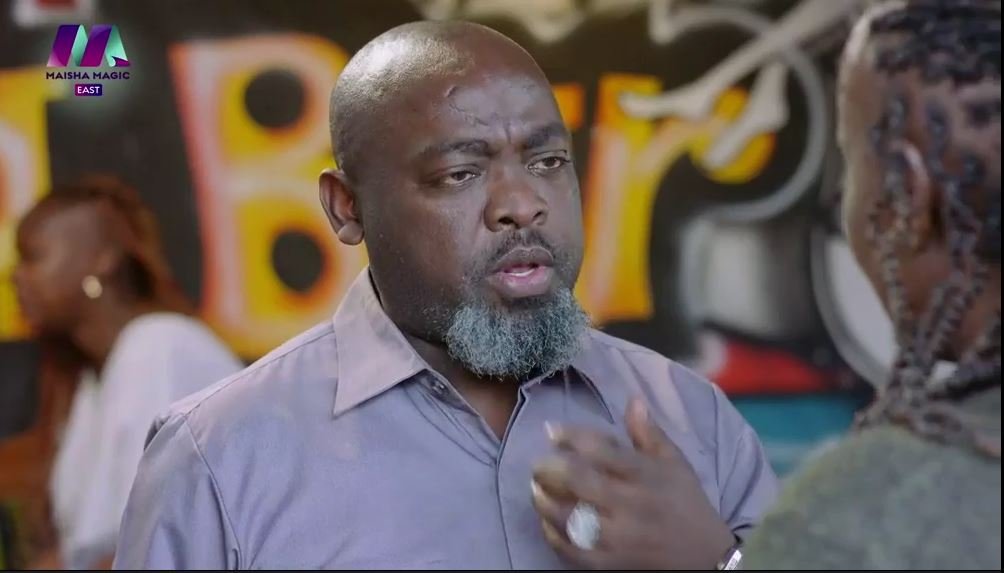
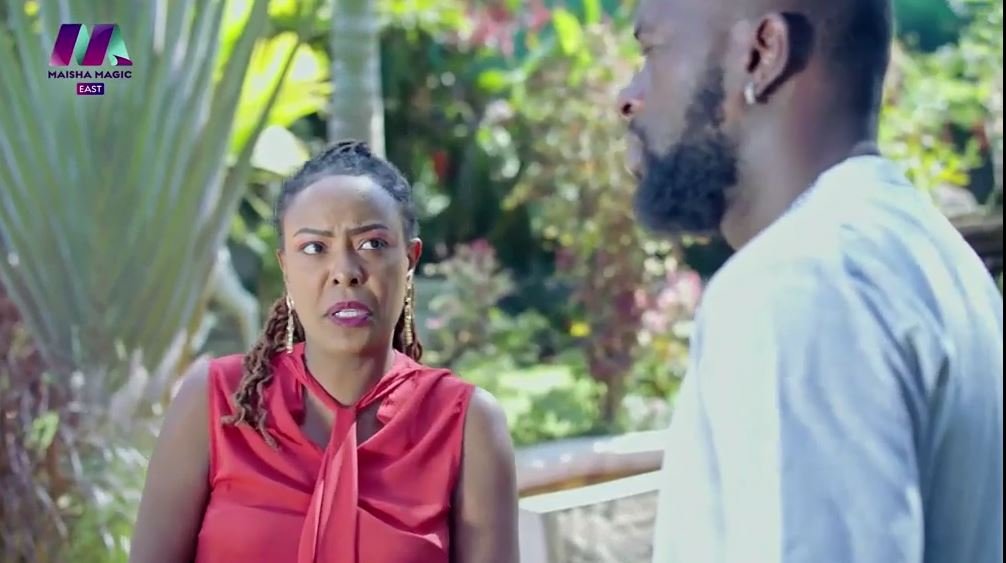

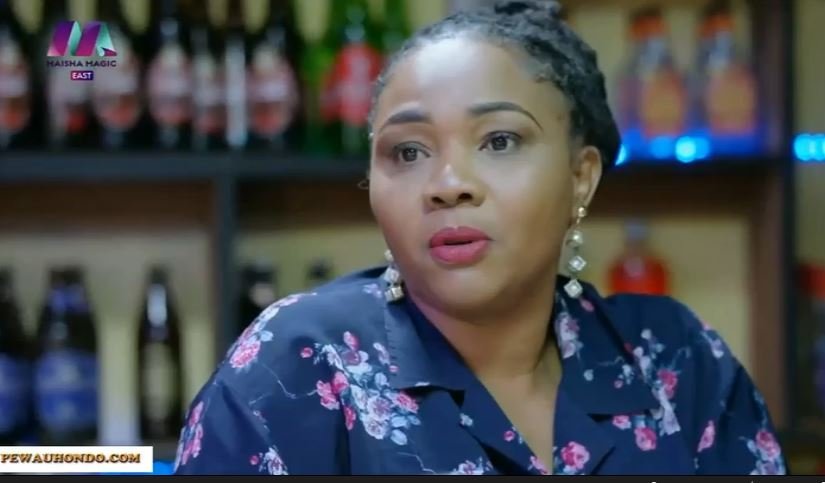
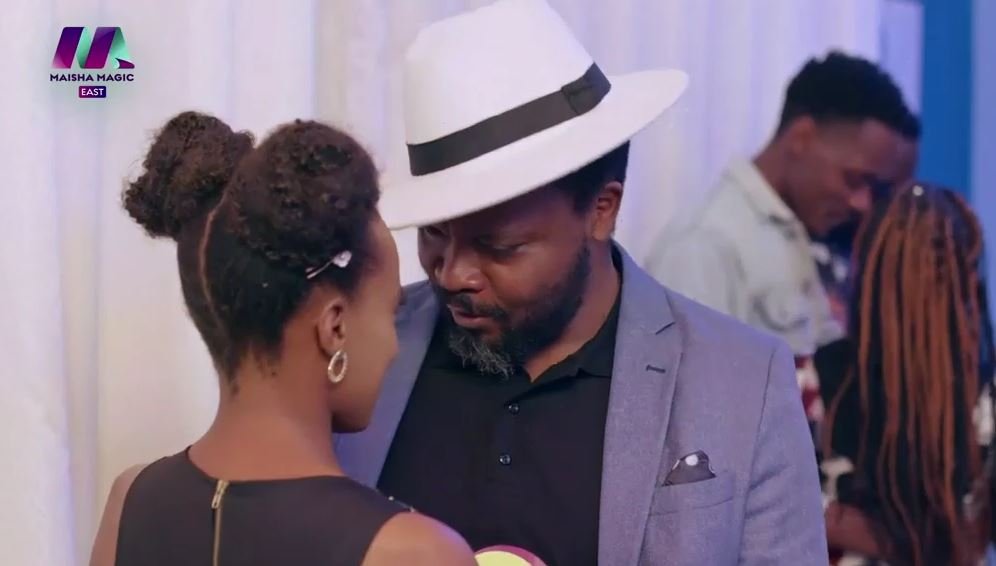
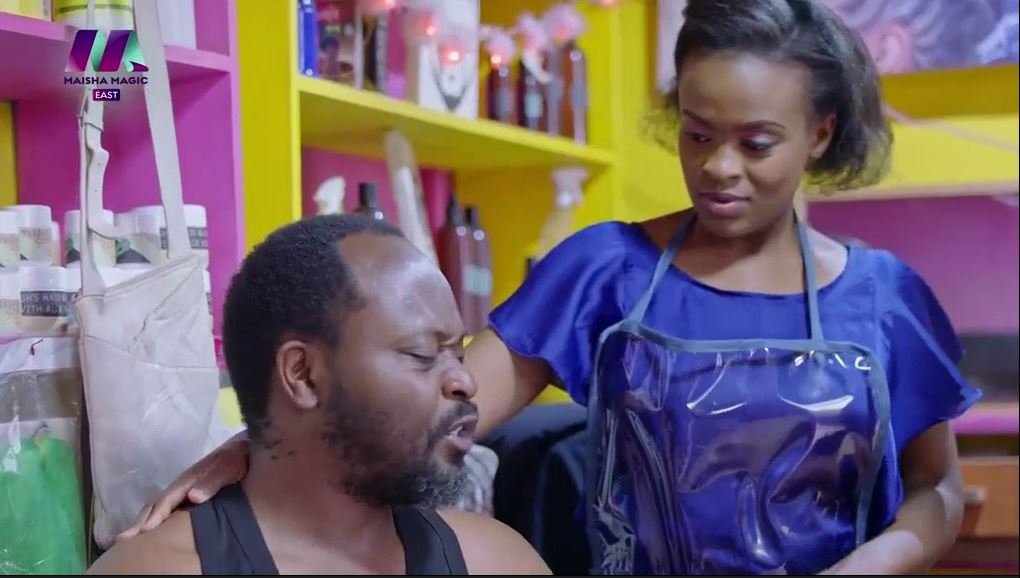

You must be logged in to post a comment.